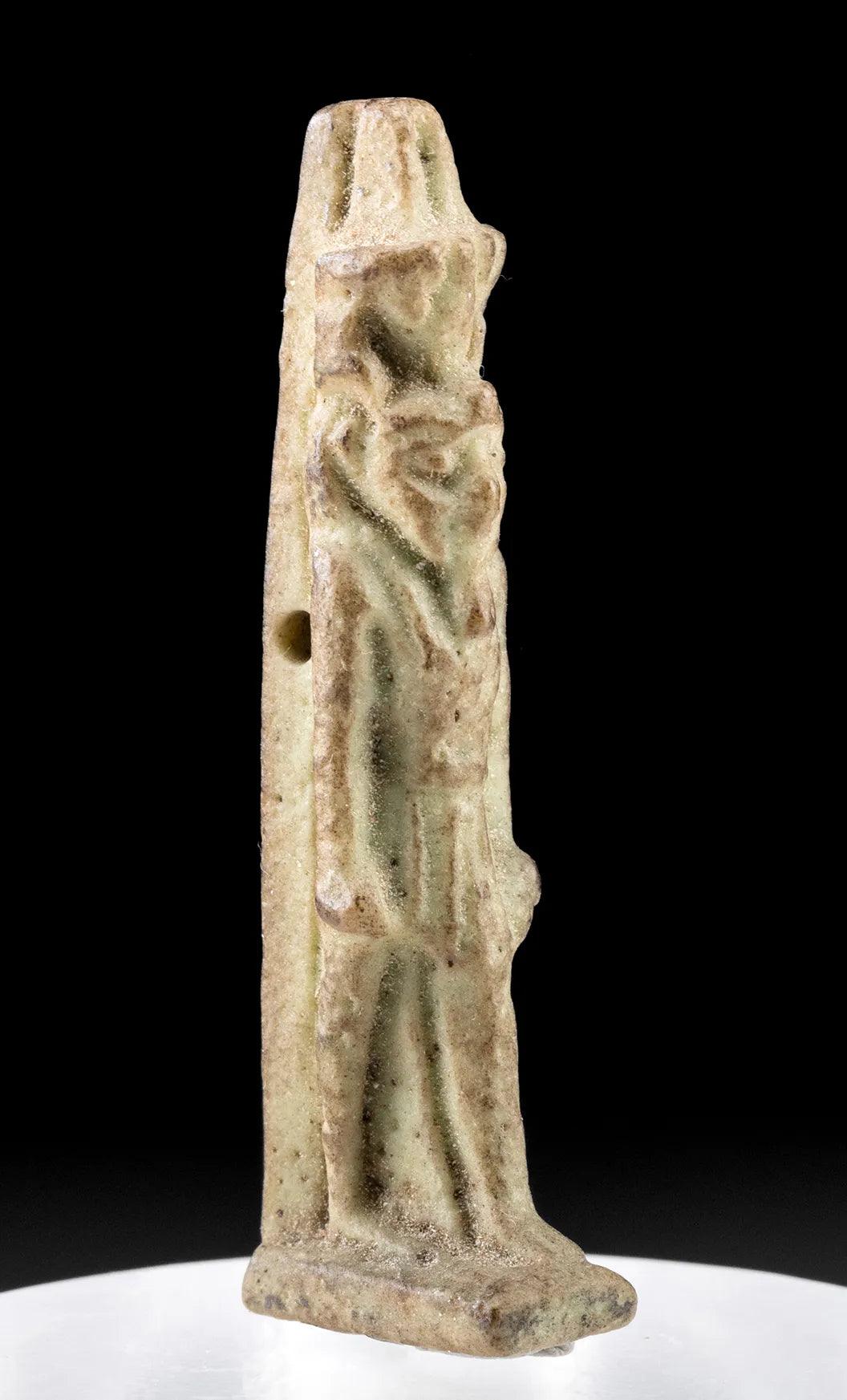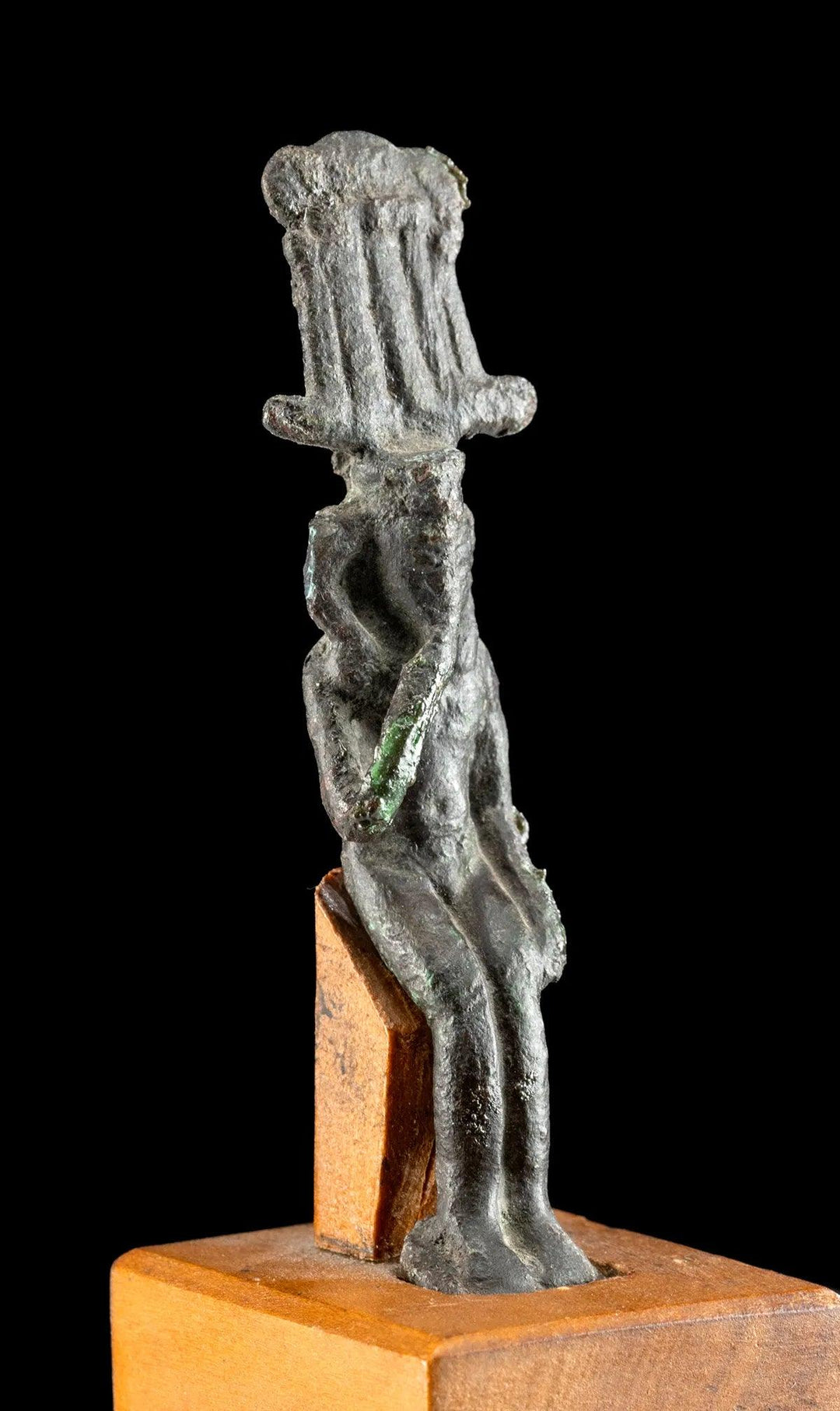Philip Mitry, an influential figure in the world of Egyptian antiquities, left an indelible mark on the collection and preservation of Egypt's historical artifacts. Born in the early 20th century, Mitry emerged as a prominent antiquities dealer in Cairo during the 1930s, 40s, and 50s, a time when the allure and mystique of ancient Egypt were captivating the world's imagination.
Operating from his bookstore located across from the famous Shepheard’s Hotel in Cairo, Mitry's establishment was more than just a bookstore; it was a hub for the thriving trade in Egyptian antiquities. This period was marked by a legal and state-sponsored sale of Egyptian artifacts, a practice that was common and widely accepted at the time.
Mitry's profound understanding of Egyptian antiquities, coupled with his strategic location, made him a key player in the antiquities market. His clientele ranged from casual tourists to serious collectors and museums, all seeking a piece of Egypt's rich historical tapestry. Mitry's collection was vast and varied, encompassing a range of objects that offered a glimpse into the daily life, religion, and art of ancient Egypt.
In the 1950s, amid changing political and social landscapes, Mitry moved to the United States, bringing with him his massive collection. This relocation marked a significant chapter in his life and in the journey of his collected artifacts. His collection, which included notable items like a New Kingdom Egyptian alabaster canopic jar with a baboon-head lid, dating back to the 18th-20th Dynasty (circa 1550-1077 BCE), was a treasure trove of Egyptian history and culture.
Mitry's collection was not just a mere accumulation of artifacts; it was a carefully curated assemblage that spoke of his passion and respect for Egypt's ancient civilization. Each piece in his collection was a testament to his expertise and his unwavering commitment to preserving Egypt's heritage.
However, the story of Philip Mitry and his collection is also a reflection of the complex and often contentious world of antiquities collecting. The mid-20th century was a period when the ethical and legal frameworks governing the trade of antiquities were evolving. Mitry, like many dealers of his time, operated in a market that was drastically different from today's standards, where the emphasis on provenance and the ethical acquisition of artifacts has become paramount.
Mitry's legacy in the field of Egyptian antiquities is dual-faceted. On one hand, he played a crucial role in bringing to light the art and culture of ancient Egypt, providing museums and collectors worldwide with access to these priceless pieces of history. On the other hand, his story raises important questions about the acquisition and ownership of cultural artifacts, a topic that continues to evoke debate and reevaluation in the modern era.
In summary, Philip Mitry's life and work in the world of Egyptian antiquities encapsulate a fascinating era in the history of art collection. His contributions to the preservation and dissemination of Egyptian culture are undeniable, yet his story also serves as a poignant reminder of the evolving nature of cultural heritage and the responsibilities that come with its stewardship.





